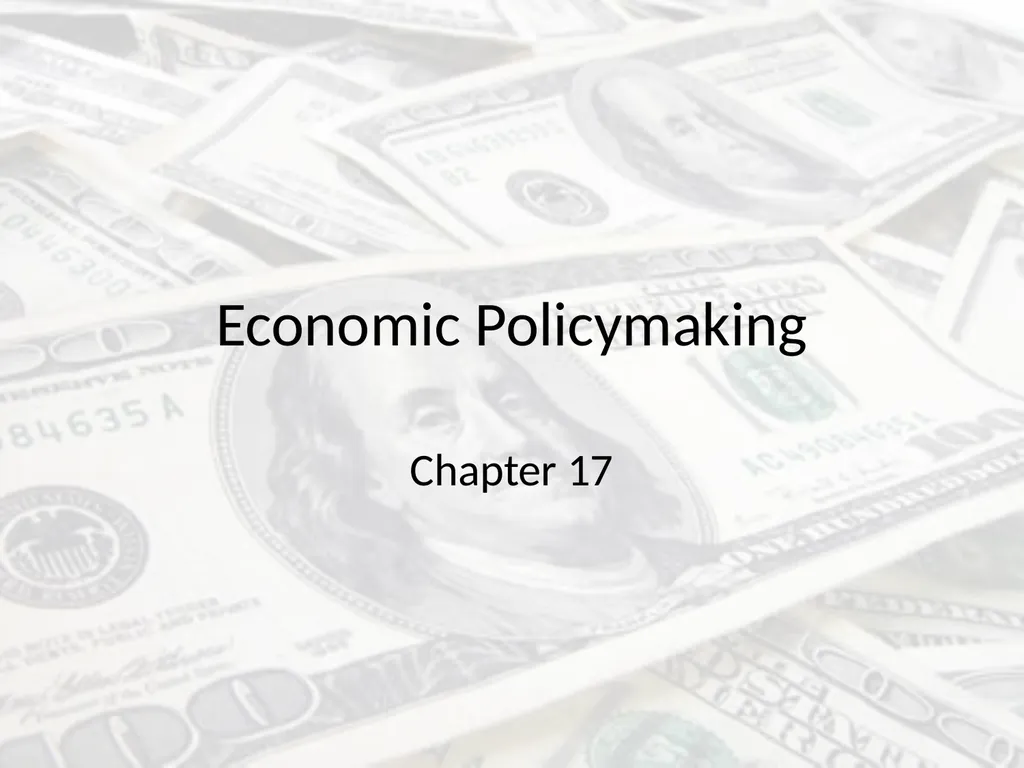
Economic Policymaking Chapter 17 Economic Policy
Author: conchita-marotz | Published: 2025-08-16
Description: Economic Policymaking Chapter 17 Economic Policy Capitalism Mixed economy Laissez-faire Economic Policy Measuring unemployment Underemployed Inflation and the consumer price index Economic Policy (Democrats View) Keynesian Economic Theory
Download Presentation
Download the PPT/PDF: Download
Transcript:
Loading transcript…